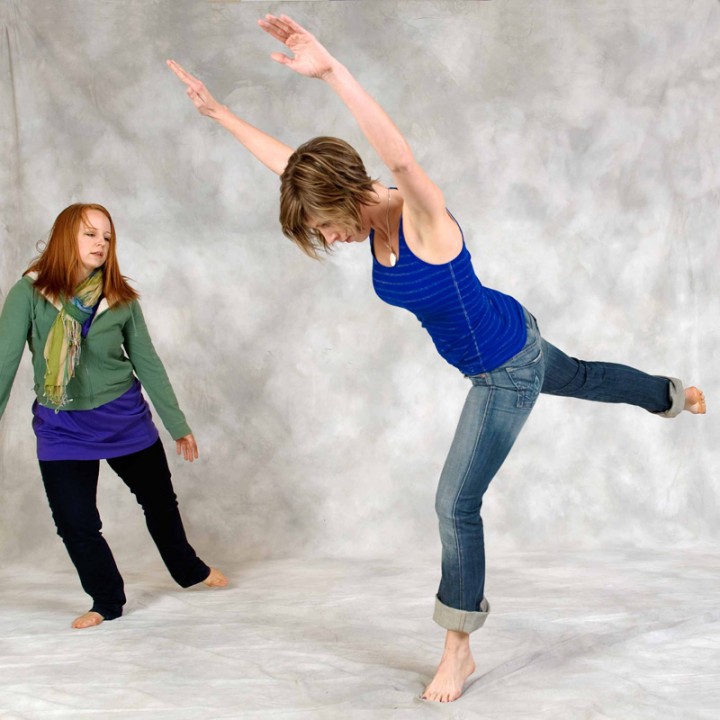Tap Dance and Reading Fluency
Lesson Plan for Grades 6-12
Objectives
Students will compare the rhythms in conversational speech to the rhythms in tap dance. They will also relate reading fluency to movement fluency.
Arizona Dance Standards
Strand 1: Create
Concept 3: Elements of Dance
Identify, demonstrate, and analyze the elements of dance (time, space, and energy)
Performance Objective 3: Rhythm
Demonstrate moving in relation to and coordination with changes in rhythms and meters.
Strand 2: Relate
Concept 5: Relating Dance and Music (Literacy)
Identify, demonstrate and analyze the relationship between the elements of music and dance
Performance Objective
Explore and respond physically to the ways in which movement can be used to mirror and/or contrast sounds, rhythms, and tempos (or rhythmic patterns in speech)
Assessment
(Discuss data collected and analyzed to determine learners’ needs. How will you know the students have gained the intended learning?)
Students will be informally assessed during this lesson. I will observe them during activities and provide immediate verbal or tactile feedback. They will record a short dance on a graphic organizer (rhythm notation chart) by using pictograms, abbreviated words, and counts (numbers to represent beats of the music).
- Students read a modified excerpt of the article, “Feet, Talk to Me!” and utilize a choral reading strategy. Students will then identify and define new vocabulary words (illusion, artful, spontaneously, percussive). The instructor will follow up the reading and vocabulary discussion with questions to check for student’s comprehension of the reading selection. (See Student Thinking.)
- Students observe a scene from the film “Tap!” as they watch for “illusion” or “mystery.” They will explain what these terms mean in relation to the speed and size of tap dance movement. They will also describe at least one movement that they remember.
- Students will read and practice the building blocks of tap dance, which are five movements identified as the “Creation Five” by Acia Gray, author of The Souls of Your Feet. The teacher will lead a warm-up involving stretches and full-body movement.
- Students will learn a short tap dance combination (8 counts). Using a call and response pattern, students will observe and listen to the teacher demonstrate a tap dance movement pattern, then repeat the exact same movement pattern while paying attention to tempos, rhythms, volume, feet movement, and corresponding body or arm movement. Basically, the teacher will demonstrate a movement pattern and students will repeat it. A call and response pattern for learning dances or songs is a common method of learning material that stems from an oral tradition, such as tap dance.
Instructional Technology
(How will you use technology to enhance teaching methods and to instruct students to use technology?)
Technology for this lesson includes music, tap shoes, and books. If the lesson were videotaped, students could practice the movements again as an extension activity. They could combine movements in new combinations on their own and perform for the class.
Learner Involvement
(How will you involve learners before, during and after the lesson?)
Students will be involved in 3 language domains as well as physical movement. Students will listen to the teacher and each other, speak to answer questions and discuss ideas in the lesson, and read an article silently and with a group,
Student Thinking
(How will you encourage student thinking? You may include essential questions that will stimulate student thinking.)
Some essential questions will include:
- Why is tap “doubly delicious”?
- How is tap dance comparable to a spoken conversation?
- How is tap dance full of illusion and mystery?
- What are the origins of tap dance?
- What is a call and response pattern?
Special Class Characteristics:
- Interventions:
Gauge students’ movement and rhythm ability levels and stay at students’ pace, providing rigor and challenge but not introducing too much stress. Rhythmic patterns should be kept simple and taught repeatedly. - Extensions:
Viewing more of the film, Tap (1989) or musical films including some of the stars when they were young, such as The Nicholas Brothers in Stormy Weather (1943) and building additional activities with tap dance.
Materials and Resources:
- Tap shoes (It is fine if the teacher is the only person with tap shoes, so that students can listen clearly, then replicate the sounds and rhythms.)
- Video excerpt from the film Tap, (1989) with Gregory Hines, Sammy Davis Jr. and many great legends of tap dance
- The Souls of Your Feet, book by Acia Gray
- “Feet, Talk to Me!” by Sally Sommer
Modified Text Excerpt:
Tap is doubly delicious. It is dance you can hear as well as see. Close your eyes and listen to its rhythms. Open your eyes and watch its magic. At the heart of tap dance, there is illusion and mystery. Skilled tap dancers move faster than the eye can see. The feet are always busy, but the performers always appear cool and easy. This sense of ease fools many people, and it is part of what makes tap so charming. Artful expression bubbles up as spontaneously as a smile. Tap is like a conversation with percussive sounds rather than spoken words. This is why tap dancers say, “Feet! Talk to me!”
